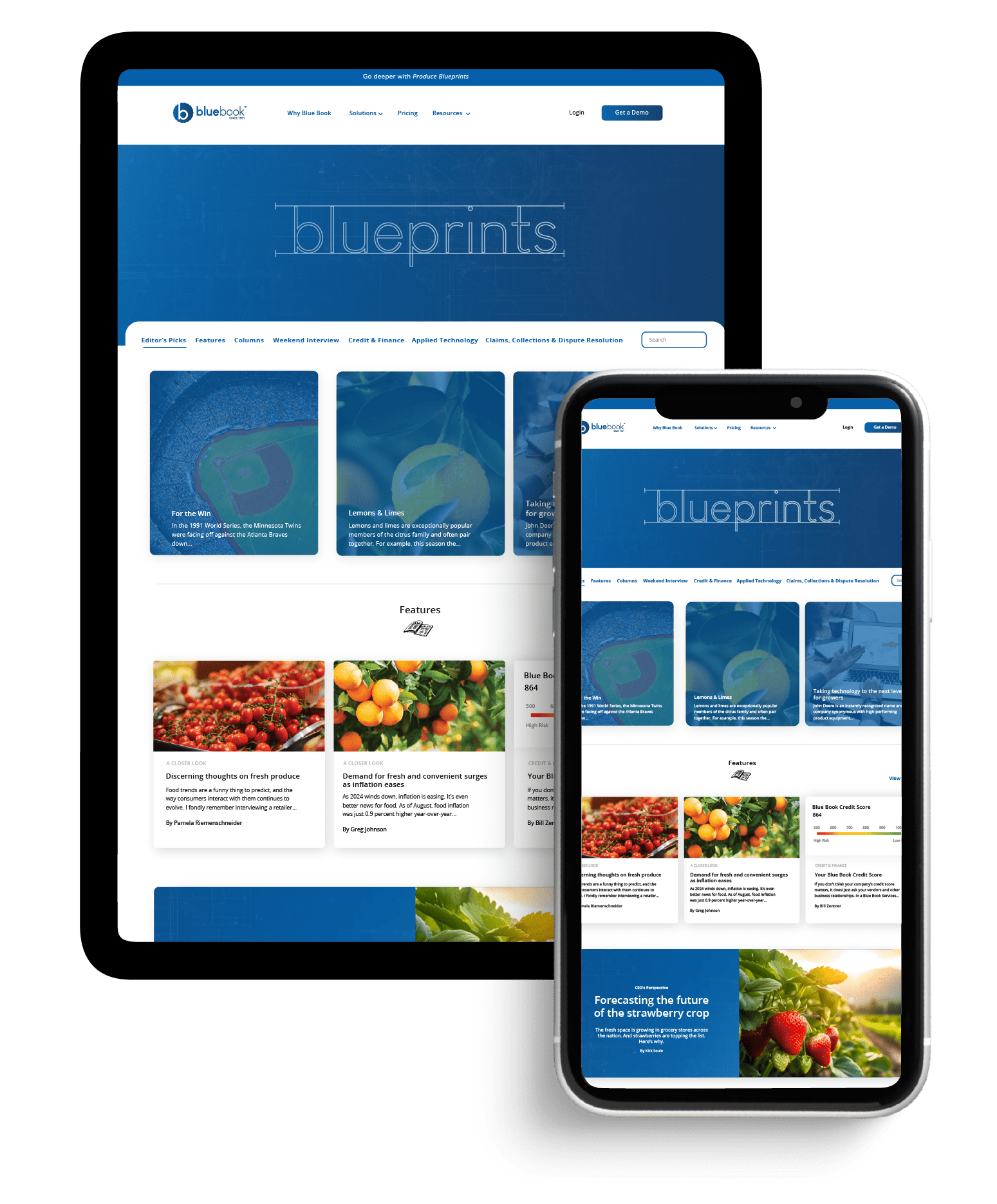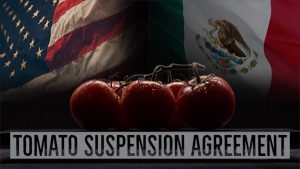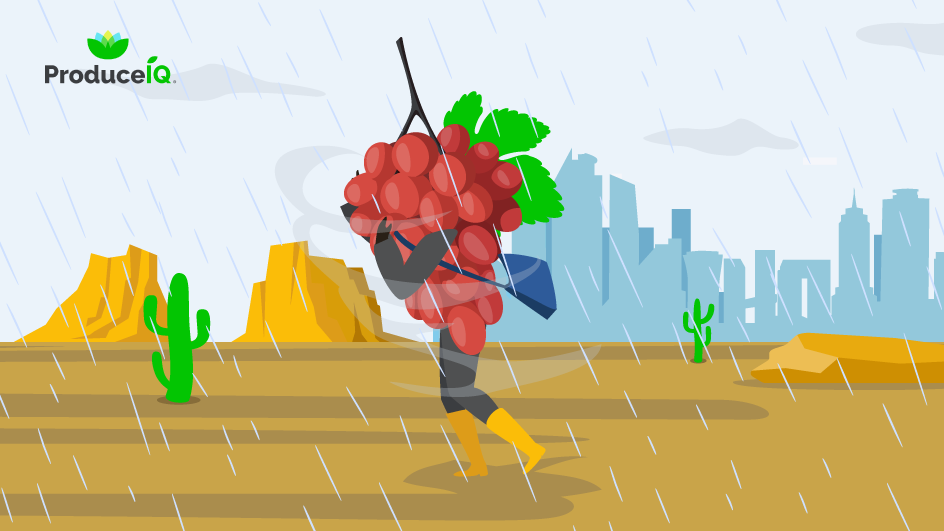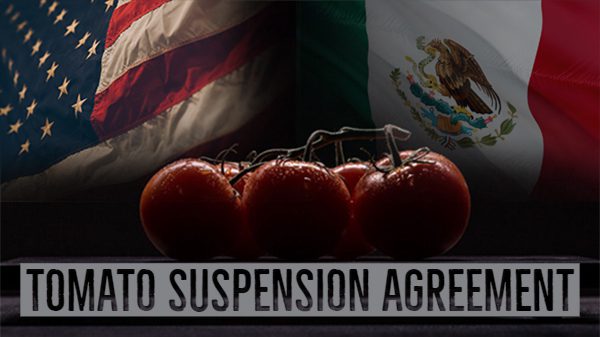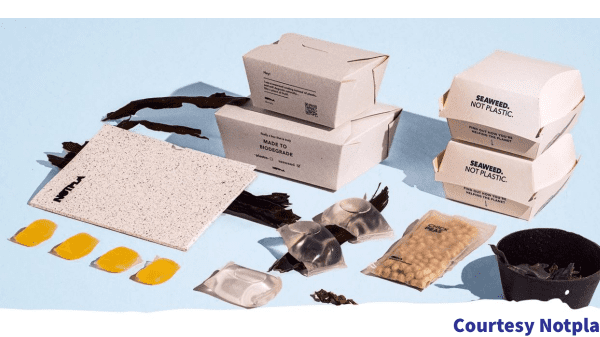
It has long seemed to me that the aspect of industry that is in the grossest need of innovation is packaging. Of all sorts.
When my sons were small, I was often infuriated to find that it took more time to open the packaging on a toy than the child had to play with the toy before breaking it.
I have also thought that the next great world fortune will go to whoever revolutionizes packaging—whose packaging product is so obviously superior in every respect that it will be universally adopted. Rather like the smartphone of packaging.
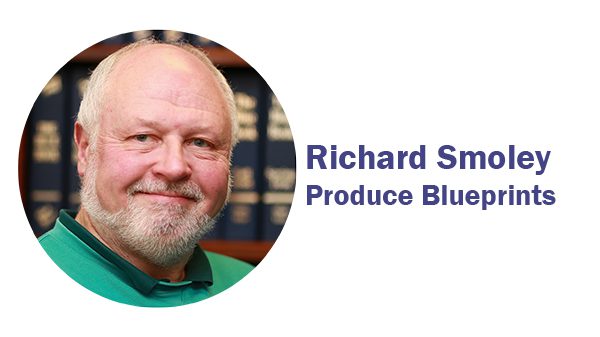
We are still far away from this point. If you look at the produce industry, there is more packaging than there has ever been. It is now routine to sell items in three-packs (like apples) or in sacks (like avocados) that until recently were sold exclusively in bulk.
One of the most hated (to judge from the rhetoric) but most beloved (to judge from actual use) items in this arena is single-use plastic containers.
I do not know who will finally make it to the top of the Everest of packaging supremacy.
But one company, Notpla, may be on the right track. It has developed a range of packaging products that are made from seaweed, which is completely biodegradable and is certainly a renewable resource. https://www.notpla.com/products/
Items that seem most relevant to produce packaging include Notpla’s rigid containers and film wrap.
My personal favorite, though, are Notpla pearls—little spheres made from seaweed that, one hopes, could eliminate those revolting styrofoam peanuts.
In December 2022, Notpla won the prestigious Earthshot Prize, an initiative launched by Britain’s Prince William in 2020 to support and promote environmentally friendly projects. Seaweed Packaging Maker Awarded $1 Million Earthshot Prize (thomasnet.com)
Prices? The Notpla small, foldable container costs £125 ($154.13) for 500 units. A deep tray, of the sort you might use for berries, runs £71.40 ($88.04) for 340 units.
A burger box costs £46 ($56.72) for 200 units (28 cents per unit).
That is arguably comparable to the cost of a paper burger box. Online, I find one that costs $23.17 for 75 (31 cents apiece).
Another, customized paper box runs $400 for 250 units (62 cents).
Styrofoam? One source offers a 500-pack burger white foam hinged lid container starting at $36.60 for a case of 500—7 cents apiece.
Now you know why you see so many styrofoam containers everywhere.
New technologies—like seaweed packaging—are likely to be more expensive because the products are not well developed enough, or common enough, to permit economies of scale.
In the end, though, I think packaging like Notpla’s will be the way to go.


